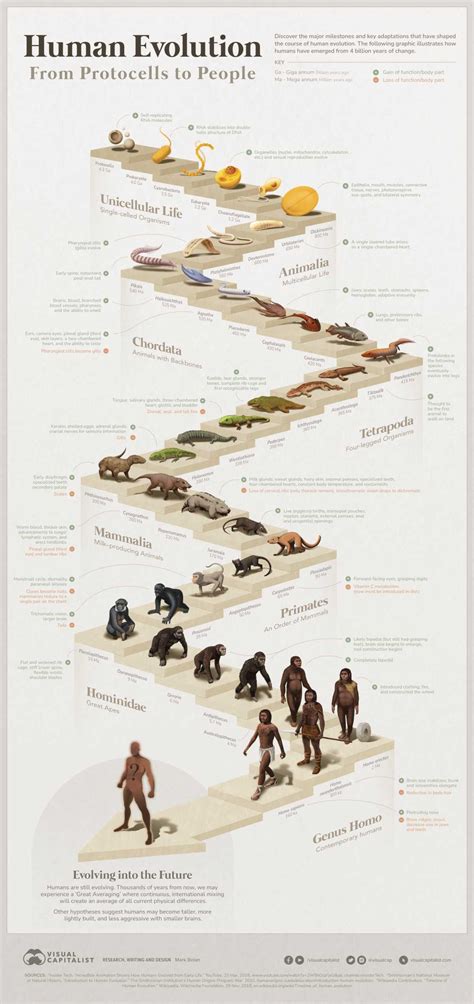Intro
Discover what is HMO, a type of health maintenance organization, and learn about its benefits, plans, and networks, including managed care, preventive services, and healthcare providers.
The concept of Health Maintenance Organizations (HMOs) has been a cornerstone of the healthcare system for decades, playing a crucial role in shaping the way medical services are delivered and managed. Understanding what an HMO is, its benefits, and how it operates can provide valuable insights into the healthcare landscape.
In essence, an HMO is a type of health insurance plan that provides healthcare services to its members for a fixed fee. This model emphasizes preventive care, aiming to reduce healthcare costs by encouraging members to seek medical attention before health issues become severe. HMOs achieve this through a network of healthcare providers who have agreed to offer their services at negotiated rates.
The significance of HMOs lies in their ability to balance the cost and quality of healthcare. By focusing on preventive care and using a network of providers, HMOs can help manage healthcare costs more effectively than traditional indemnity plans. This approach also incentivizes healthcare providers to deliver high-quality, efficient care, as they are rewarded for keeping patients healthy rather than for the volume of services they provide.
History and Evolution of HMOs

The history of HMOs dates back to the early 20th century, with the first HMO-like plan emerging in the United States. Over the years, HMOs have evolved significantly, adapting to changes in healthcare policies, technological advancements, and shifting consumer preferences. The 1970s saw a significant expansion of HMOs, with the HMO Act of 1973 providing federal funding and guidelines for their development. Since then, HMOs have continued to grow, with various models emerging, including Preferred Provider Organizations (PPOs) and Point of Service (POS) plans, which offer more flexibility than traditional HMOs.
Key Components of HMOs

Several key components define how HMOs operate:
- Network of Providers: HMOs contract with a specific group of healthcare providers, including doctors, hospitals, and other medical facilities, to form a network. Members must receive care from within this network, except in emergency situations.
- Preventive Care: HMOs emphasize preventive care, covering routine check-ups, screenings, and health education to prevent illnesses and detect health problems early.
- Primary Care Physician (PCP): Members often select a PCP from the network, who serves as the first point of contact for medical care and refers members to specialists when necessary.
- Referrals: To see a specialist, members usually need a referral from their PCP, which helps manage care and ensure that specialist visits are medically necessary.
Benefits of HMOs

The benefits of HMOs are multifaceted, offering advantages to both members and healthcare providers:
- Cost Savings: HMOs can provide lower premiums and out-of-pocket costs compared to other health insurance plans, making healthcare more affordable.
- Preventive Care: The emphasis on preventive care can lead to better health outcomes, reducing the need for costly treatments and interventions down the line.
- Managed Care: HMOs manage care through referrals and network restrictions, which can help reduce unnecessary medical interventions and promote more efficient use of healthcare resources.
- Quality of Care: By incentivizing preventive care and efficient service delivery, HMOs can promote higher quality care, as providers are motivated to keep patients healthy and satisfied.
Challenges and Criticisms

Despite the benefits, HMOs also face challenges and criticisms:
- Limited Provider Choice: The need to stay within the network for non-emergency care can limit members' choices and potentially restrict access to specialized care.
- Bureaucratic Processes: The referral process and pre-authorization requirements can sometimes delay necessary care, frustrating both patients and providers.
- Quality of Care Concerns: There have been concerns that the focus on cost containment might compromise the quality of care, though this is not universally true and can vary greatly between different HMOs.
Future of HMOs

As the healthcare landscape continues to evolve, the future of HMOs will likely be shaped by technological advancements, policy changes, and consumer demand for more personalized and flexible healthcare options. Trends such as value-based care, where providers are paid based on patient outcomes rather than services provided, are expected to influence the development of HMOs and other healthcare models. Additionally, the integration of digital health technologies, such as telemedicine and personalized medicine, could further transform the way HMOs deliver care, making healthcare more accessible, efficient, and tailored to individual needs.
Consumer Engagement and Choice

Increasing consumer engagement and providing more choices within HMO plans can enhance member satisfaction and health outcomes. This might involve offering more flexible network options, expanding preventive care services, and incorporating wellness programs that support holistic health. By empowering consumers with more information and options, HMOs can better meet the diverse needs of their members, fostering a more patient-centered approach to healthcare.
Global Perspective on HMOs

Globally, the concept of HMOs and managed care has been adopted in various forms, reflecting local healthcare systems, policies, and cultural preferences. In some countries, similar models have been implemented to control costs and improve healthcare quality, while in others, the emphasis remains on publicly funded healthcare systems. Understanding these global perspectives can provide insights into the universal challenges of healthcare delivery and the diverse solutions being explored worldwide.
Lessons Learned and Best Practices

Analyzing the experiences of HMOs and similar healthcare models across different contexts can help identify best practices and lessons learned. Key takeaways often include the importance of strong provider networks, effective care management strategies, and consumer-centric approaches to healthcare delivery. Additionally, the role of technology in enhancing access, quality, and efficiency of care cannot be overstated, as it offers numerous opportunities for innovation and improvement in HMOs and beyond.
What is the primary goal of an HMO?
+The primary goal of an HMO is to provide high-quality healthcare services to its members while controlling costs through preventive care and a managed network of providers.
How do HMOs manage healthcare costs?
+HMOs manage healthcare costs through a combination of preventive care, negotiated rates with providers, and managed care techniques such as referrals and pre-authorization for certain services.
What are the benefits of joining an HMO?
+The benefits of joining an HMO include lower healthcare costs, access to preventive care, and a managed approach to healthcare that can lead to better health outcomes.
In conclusion, HMOs play a vital role in the healthcare system, offering a unique approach to healthcare delivery that emphasizes preventive care, managed networks, and cost containment. As the healthcare landscape continues to evolve, understanding the principles, benefits, and challenges of HMOs can provide valuable insights into the future of healthcare. Whether you're a consumer navigating healthcare options, a provider looking to deliver high-quality care, or a policymaker seeking to improve healthcare systems, the concept of HMOs offers a compelling model for achieving better health outcomes at a manageable cost. We invite you to share your thoughts on HMOs and their role in shaping the future of healthcare, and to consider how these models can be adapted and improved to meet the diverse needs of communities worldwide.
